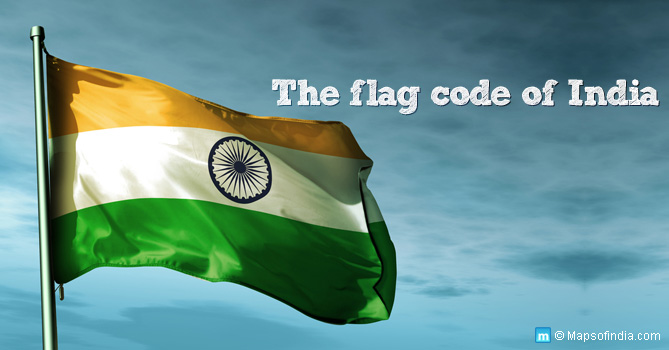Context:
India is celebrating the 78th National Flag Day.
About the National Flag Day
- The Constituent Assembly of India adopted the National Flag on 22 July 1947.
- The Ashoka Chakra, which replaced the spinning wheel or ‘Charkha’ on the flag, symbolised self-reliance and resistance during India’s struggle for freedom.
- Apart from the non-statutory instructions issued by the Government from time to time the display of the national flag is governed by the provision of: –
The Emblems and Names (Prevention of Improper Use) Act 1950.
The Prevention of Insults to National Honour Act, 1971. - The hoisting/use/display of the Indian National Flag is governed by the Prevention of Insults to National Honour Act, 1971, and the Flag Code of India, 2002.
- The Flag Code of India, 2002 took effect from January 26, 2002, and superseded the Flag Code-India that existed earlier.
Constituent Assembly
- The idea of a constituent Assembly was first put forward by M.N. Roy in 1934 to frame the constitution of India.
- It was constituted in November 1946 and held its first meeting on December 9 1946 as per the Cabinet Mission plan.
Salient features of the Flag Code of India, 2002
- The National Flag shall be rectangular in shape. The Flag can be of any size but the ratio of the length to the height (width) of the Flag shall be 3:2.
- The Flag should not be flown on any vehicle except by dignitaries mentioned in section IX of part III of the code.
Amendments in Flag Code of India, 2002:
- The National Flag made of polyester or machine-made Flag has been allowed. Now, the National Flag shall be hand spun and hand woven or machine made, cotton/polyester/wool/silk khadi bunting (2021).
- Where the Flag is displayed in open or displayed on the house of a member of public, it may be flown day and night (2022).

